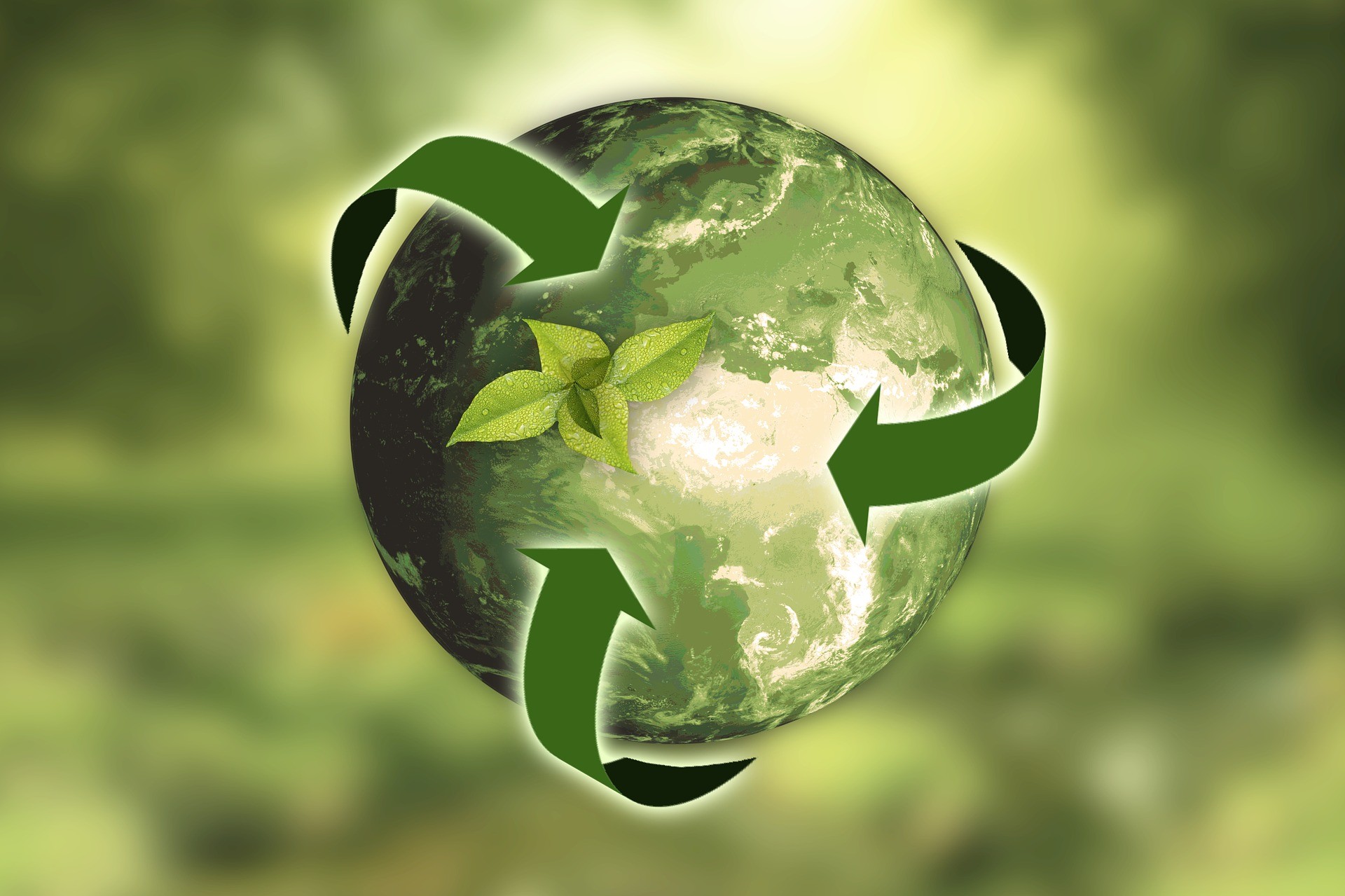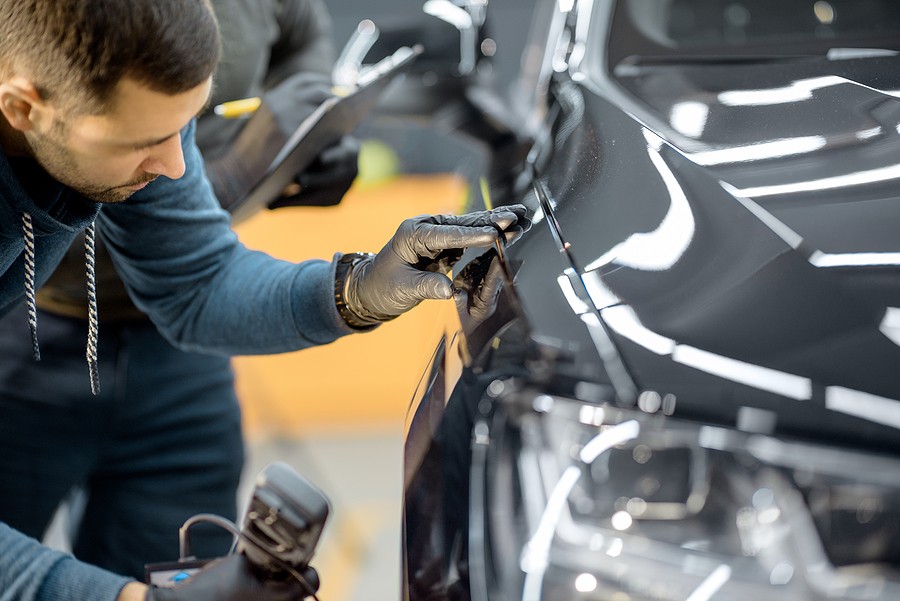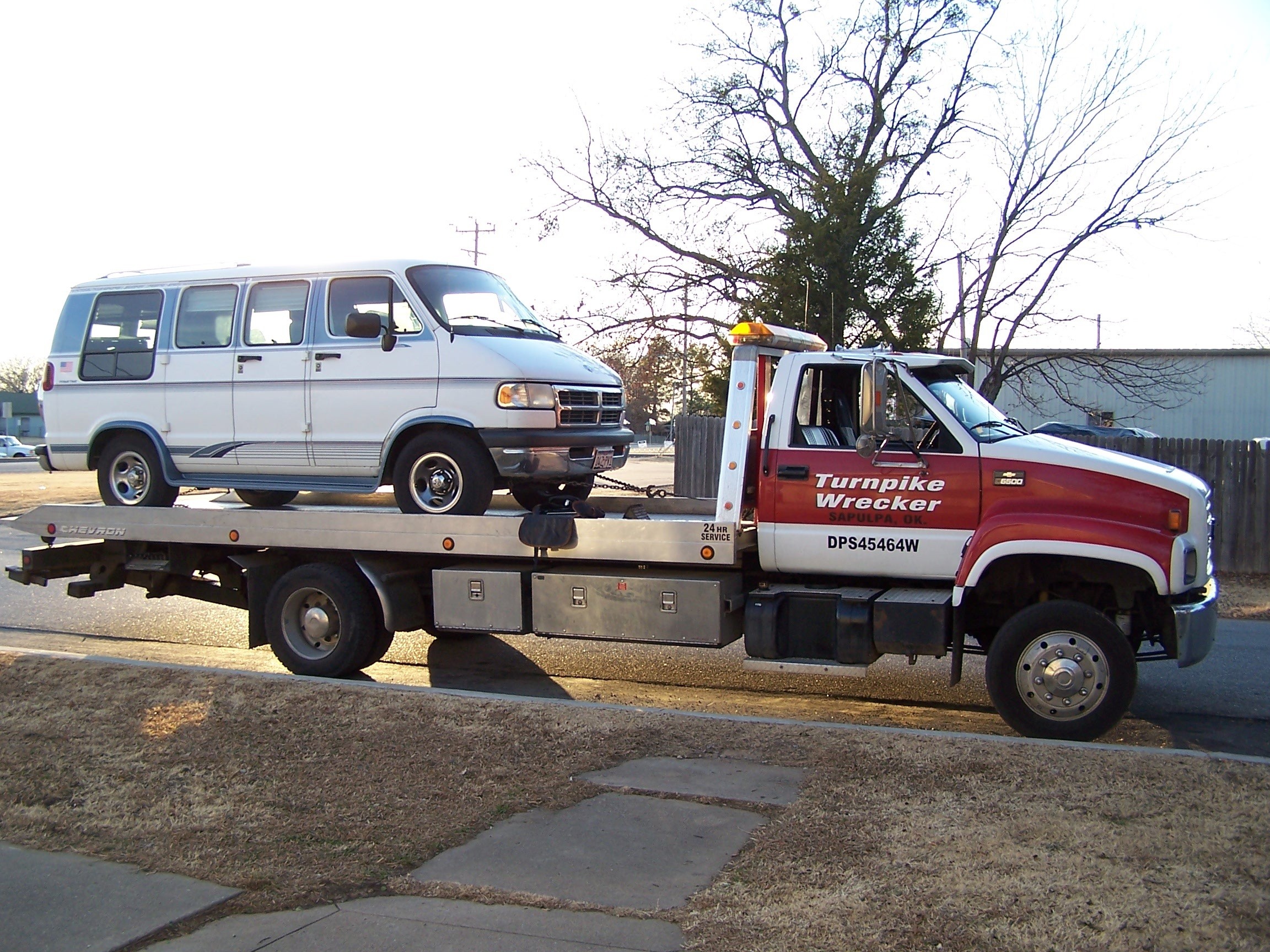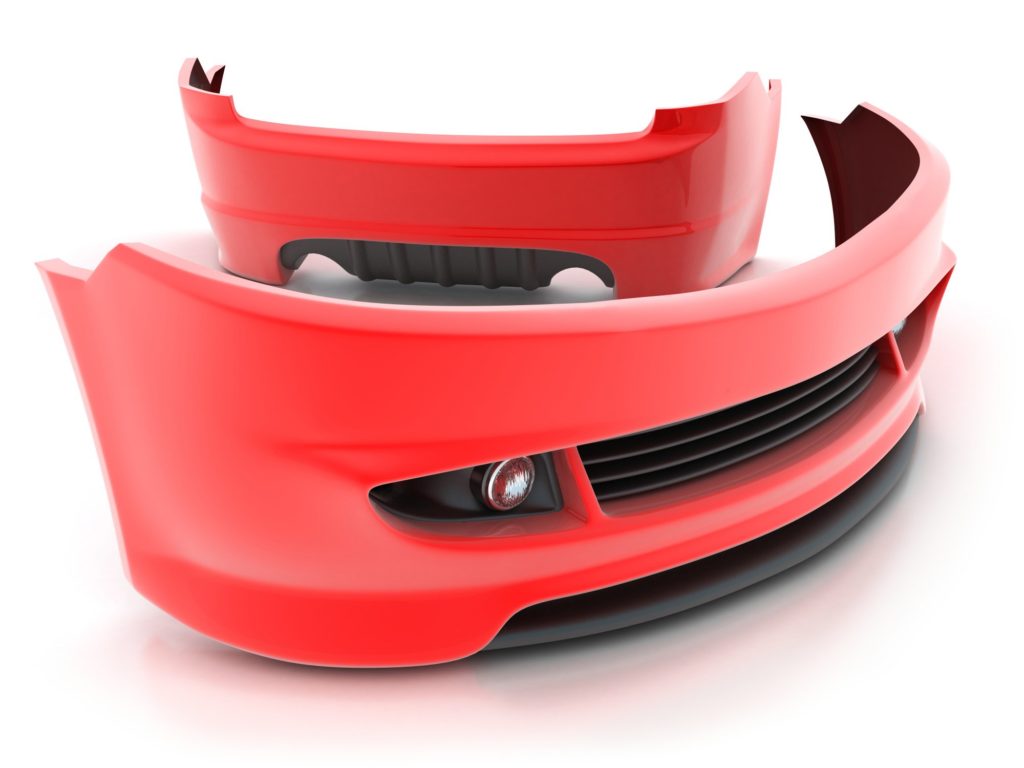Have you ever wondered where your bumper goes when your car kicks the bucket?
Years ago, there was a junk car problem across the world. In recent years, however, car recycling has grown into one of the largest industries in the world.
The auto industry is making significant efforts to recycle every single component in a junk car, even used car bumpers.
There are about 100,000 metric tons of used TPO (Thermoplastic Olefin) bumpers, every year. And the more efforts made towards recycling all of this plastic, the more of an energy consumption reduction there will be.
But the plastic is harder to recycle than some metals and fluids. Until recent years, not all plastic has made the recycling cut.
Keep reading to learn all about these used bumpers and where they go when a car goes to junk.

The Plastic Hasn't Been Recycled for as Long
The auto recycling industry in both the United States and Canada recycles enough steel to make around 13 million new vehicles, every year.
The same industry supplies approximately 37% of ALL ferrous metal to smelters and blast furnaces across the United States.
But plastic hasn't always been recyclable. And here's why.
The Environmental Protection Agency deems vehicles to be largely responsible for air pollution. Because not all plastic can be recycled responsibly, extra care must be taken when it comes to bumpers.
Every time any material gets recycled, recyclers must ensure that the recycled waste stream provides the most useable plastic materials. They must do so without contamination to the product or the environment. There are many additional components attached to a bumper. That's why recycling bumper plastic requires a more extensive separation process.
It was only within the last 6 years that the EPA removed regulatory barriers for shredded plastics. Plastics may now be recycled using specific protocols.
Plastic Is More Common in Today's Cars
Plastic gets a lot of flack, and that bad reputation started about 50 years ago when a published study analyzed the effects of plastic on marine life.
Microplastics are dangerous. The cells absorb the particles, and those particles accumulate between cells. Then they disrupt the communication between the cells. Sweden has since banned the use of microplastics in cosmetics, where they are most commonly found.
The plastic water bottles are notorious for polluting the environment. Plastic bags and straws also affect the environment to a significant degree.
Plastic toys and other products are famous for containing BPA. They also contain other contaminate ingredients that affect human growth and life.
But plastic in cars is a good thing, and it's more common than it used to be. It also mitigates the pollution issue when it comes to cars and trucks.
The use of plastic makes it possible to create durable, lightweight vehicle materials. These materials can help reduce the carbon footprint based on their weight alone.
The study shows that even reducing a vehicle's weight by 10% could increase its fuel economy by almost 7%. They also said that if all the plastics in 2015 vehicles were replaced with “alternative” materials, those same vehicles would've required an additional 336 million liters of gasoline over their lifetimes.

Where Have Bumpers Gone over the Years?
The average vehicle lifespan is 8 years. So where do used bumper covers and used bumpers go when a car dies?
Many are repairable and thus, reusable. But lots of drivers see a cracked bumper and determine that it doesn't affect their ability to drive. They'd rather not report it to their insurance company or pay to have it fixed when damage seems minor. Thus, the bumper stays on the car for years to come, even though it's in need of repair.
Even if a bumper only has a few small cracks or slight damage, it still compromises the safety of the vehicle. It can lead to many other issues down the road.
Owners avoid dealing with a cracked bumper. And junkyards and auto shops have had to deal with the buildup of bumpers with nowhere for them to go.
Bumpers are almost a detriment to some junkyards and collection centers. It's because they are big and bulky. If recycled, they have to comply with strict standards, and not every facility has the means to do so.
Up until recently, it was hard to find facilities to collect bumpers, and even those who did only did so in bulk. Thus, junkyards were left with heaping piles of awkwardly-shaped plastic bumpers.
Worse yet, bumpers end up in landfills where there is already limited space.
The EPA removed regulatory barriers for shredded plastics. As a result, bumper recycling is becoming much more prevalent and efficient.
How Are Bumpers Recycled?
There are many parts of a car that are very easy to reuse, such as engine oil, batteries, and scrap metal.
For a bumper to get recycled, all other components must be carefully removed first. But with recent methods like additives testing and special de-coating technology, plastics like car bumpers get recycled more.
First, basic bumper parts like headlights must be removed before they shred the plastic.
Aside from small screws and other bits of metal, everything must get separated from a bumper before it's broken down, to avoid as much contamination as possible.
Then the shredding process begins.

What Is De-Coating and Additive Checking?
The Plastics Industry Association spearheaded a project that is driving the recovery of recycled bumper plastics.
In conjunction with efforts made by other organizations, like Geo-Tech Polymers, big changes are happening in the bumper recycling sector. The project's intentions are to be able to recycle bumpers made out of TPO and modified polypropylenes to give them special durability and impact qualities.
The End-Of-Life Vehicle Recycling Project is working to recycle bumpers made out of thermoplastic polyolefins (TPO), modified polypropylenes with expensive rubber packages that give them special impact and durability qualities.
Before melting and turning old plastic into pellets, any coating must first be removed. There are a couple of ways to do it, one that does so in the very beginning, and one that does so AFTER plastic has been shredded, but BEFORE it's melted.
Nylon, metal clips, coatings, and any other contamination removal is all part of the de-coating process.
New practices which developed this de-coating process found that it helped remove contaminants. After the bumper plastic was melted and made into pellets, it demonstrated positive properties such as high strength, high resistance, and low moisture.
Where Do the Bumpers Go After They're Recycled?
The melted plastic and pellets don't only contribute to manufacturing and distributing more bumpers, although that is one way that will continue to impact the auto industry for the better.
Transportation, construction, consumer products, decorative products, and seasonal items, are all areas in which we will see more recycled bumper plastic and rubber put to use.
Sometimes melted pellets don't meet required measurements for strength. When that happens, they are used in less necessary car parts or consumer products that don't require as much strength in the plastic.
Shredding materials like TPO is more difficult than recycling metal. Sometimes there is smoking and oozing, which poses reconstruction challenges and hazardous concerns as well.
However, there are a few different facilities that are dedicating time, effort, and research towards the most efficient, safe, and environmentally-friendly means for breaking down the plastic.
Plus, the more efficient the recycling process is, the less manufacturing will be required for new plastics across the world.

Used Car Bumpers Should All Be Recycled
Up until very recently, used car bumpers were one of the few auto body parts that got left behind. Not only are they big and bulky, but because they are plastic, they require different methods as it pertains to sorting and melting.
The process must be performed correctly. Otherwise, contaminants that are left with the plastic end up making that plastic less resilient at the end result. But with new ways for shredding and melting and so many experts dedicated to perfecting the process, the future is looking bright.
Plus, there are many junk removal businesses that are happy to take the entire car.
And nowadays, you can earn some cash by calling someone to haul away your old ride. In fact, take a look at this article to find out more benefits of opting to say goodbye to your old vehicle.
Want to get an idea of how much you can get for your old vehicle? Check out this tool to get a free online offer, now!




